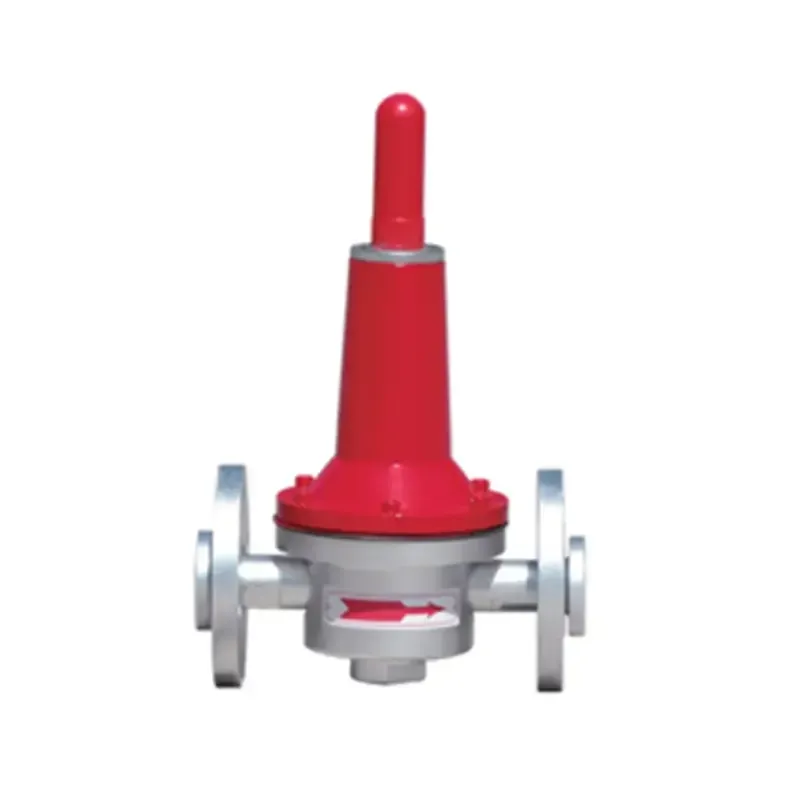
Nov . 05, 2024 18:34
Back to list
صمامات تخفيف الضغط
Pressure Relief Valves Essential Components for Safety
.
The primary function of a pressure relief valve is to prevent overpressure situations that could lead to catastrophic failures. When pressure within a system exceeds a predetermined threshold, the PRV automatically opens to release the excess pressure, safeguarding the integrity of the system and the safety of the environment. This automatic operation is crucial as it allows for immediate response without the need for human intervention.
صمامات تخفيف الضغط

There are different types of pressure relief valves, including spring-loaded, pilot-operated, and bursting disc valves. Spring-loaded relief valves are the most common and operate based on a spring mechanism that opens the valve when a specific pressure is reached. Pilot-operated valves, on the other hand, are more complex and use a small pilot valve to control the larger main valve, providing more precise pressure regulation. Bursting disc valves, alternatively, are designed to rupture at a specific pressure, providing a one-time relief option when other mechanisms fail.
Selecting the correct type of PRV is essential for ensuring optimal performance. Factors such as the nature of the media being handled (liquid or gas), system pressure and temperature, and flow requirements must all be considered during the selection process. Additionally, regular maintenance and testing of pressure relief valves are vital to ensure their reliability and effectiveness. Periodic inspections can help identify wear and tear or corrosion that could affect the valve’s operation, leading to potentially dangerous situations if not addressed promptly.
In conclusion, pressure relief valves play a pivotal role in maintaining safety and operational efficiency in various industrial processes. By managing excess pressure, they help prevent equipment damage, reduce the risk of accidents, and protect both personnel and the environment. Investing in high-quality PRVs and committing to regular maintenance is crucial for any organization working with pressurized systems, underscoring the importance of these mechanical guardians in our industries.
Next:
Latest news
-
Safety Valve Spring-Loaded Design Overpressure ProtectionNewsJul.25,2025
-
Precision Voltage Regulator AC5 Accuracy Grade PerformanceNewsJul.25,2025
-
Natural Gas Pressure Regulating Skid Industrial Pipeline ApplicationsNewsJul.25,2025
-
Natural Gas Filter Stainless Steel Mesh Element DesignNewsJul.25,2025
-
Gas Pressure Regulator Valve Direct-Acting Spring-Loaded DesignNewsJul.25,2025
-
Decompression Equipment Multi-Stage Heat Exchange System DesignNewsJul.25,2025

